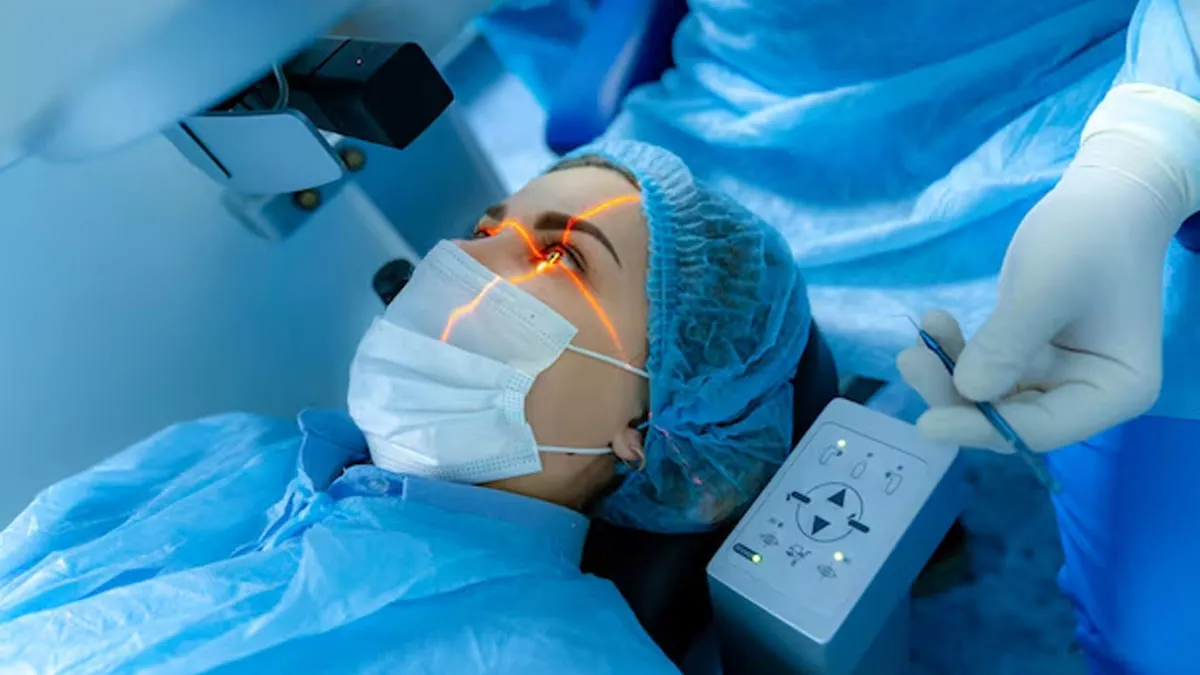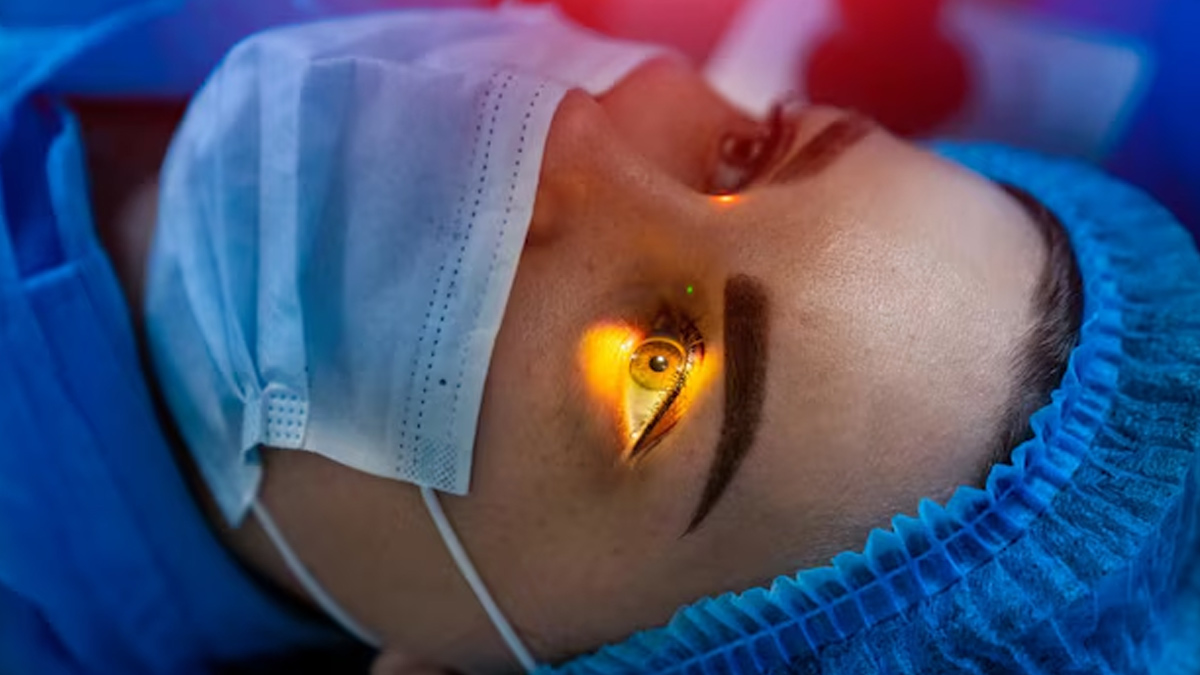
From skincare routines to playlists, and meal plans to fitness apps, everything today is personalised. It’s no longer about what works for everyone; it’s about what works for you. And the same shift is happening in healthcare. People want solutions that match their unique lifestyles, bodies, and needs.
Table of Content:-
That includes how we care for our eyes. Vision correction is no longer a one-size-fits-all fix. With personalised LASIK, eye care is moving beyond generic procedures to offer treatments tailored to the unique shape and structure of each person’s eyes, delivering better outcomes, comfort, and sharper vision.
We spoke to Dr Rahil Chaudhary, Ophthalmologist, Guinness World Record holder for LASIK, and Managing Director, Eye7 Eye Hospitals, Delhi, who explained how personalised LASIK is changing the way we look at eye care.
The Demand for Tailor-Made Health Solutions

Recent studies by Deloitte reveal that both Gen Z and millennials place immense value on personalisation and are willing to spend more on products and services that align perfectly with their lifestyles and identities. The growing demand for tailor-made experiences reflects a deeper cultural shift, one where generic solutions no longer suffice, especially when it comes to their everyday well-being.
The Rise of Vision Problems Among Young Adults
Their mindset is clear: personalisation caters to their individual needs, hence there is value. Vision correction is no exception, especially in light of increasing vision issues among young people. "Prolonged exposure to screens and shorter periods of outdoor activity has resulted in an upsurge in refractive issues, such as myopia in India. Consequently, more adults between the age group of 20-40 years are looking into LASIK as a long-term investment in visual freedom," said Dr Chaudhary.
Also Read: Can Eye Power Change After LASIK? Expert Explains If The Effects Of This Treatment Are Permanent
Why Traditional LASIK Isn’t Enough Anymore
For years, LASIK surgery has helped millions achieve freedom from glasses. "Effective for most, traditional LASIK ignored one thing: no two eyes are equal. In reality, every patient's eye is built with a distinct optical system. Two people with the same eye prescription might not need the same treatment," highlighted Dr Chaudhary.
What Makes Personalised LASIK Different?
This is where personalised LASIK marks a significant shift. With the help of advanced scanning and mapping technologies, LASIK today can go far beyond fixing a prescription, allowing for tailored treatment.
It creates a detailed, high-resolution 3D model of the eyes, mapping not just the corneal surface but the entire structure of each eye. By helping surgeons plan and customise the procedure in advance, the 3D model allows for far greater precision and better outcomes.
Sharper Vision, Fewer Side Effects

The outcome? Improved, sharper, and more precise vision and a lower incidence of frequent side effects, such as halos, glare, or difficulty seeing at night. It offers a smoother overall process, with reduced preparation times and more comfort preoperatively, intraoperatively, and postoperatively.
According to a 2020 study, ray-tracing LASIK, which creates a full 3D model of your optical system and uses artificial intelligence for customised treatment plans, shows excellent safety and visual outcomes, including reduced aberrations.
Also Read: Opting For LASIK? Here Are Some Questions You Should Ask Your Ophthalmologist
A Solution for High-Performance Lifestyles
“For those leading fast-paced, demanding lives with high screen time, this level of precision is no longer an added advantage, but it has become a necessity. Think of people who embrace a wide spectrum of professions like sports professionals, modelling, aviation, photography, athletics, and more roles that demand not just good but exceptional visual clarity and depth perception,” added Dr Chaudhary.
Even minor visual interference in such occupations can impair performance, productivity, and safety. Further, individuals are taking on more adventurous hobbies and activities, such as night driving, scuba diving, or river rafting, which require visual acuity. At such times, glasses can be inconvenient and restrictive.
Bottomline
Dr Chaudhary concluded, “Customised LASIK could be the future of vision correction for those seeking highly advanced and personalised solutions. Whether you are pursuing a profession that requires accuracy or hobbies that rely on sharp eyesight, customised LASIK enables you to see better, live better, and do more. After all, your eyes are as individual as you are. Your treatment should be, too!”
[Disclaimer: This article contains information provided by an expert and is for informational purposes only. Hence, we advise you to consult your professional if you are dealing with any health issue to avoid complications.]
How we keep this article up to date:
We work with experts and keep a close eye on the latest in health and wellness. Whenever there is a new research or helpful information, we update our articles with accurate and useful advice.
Current Version